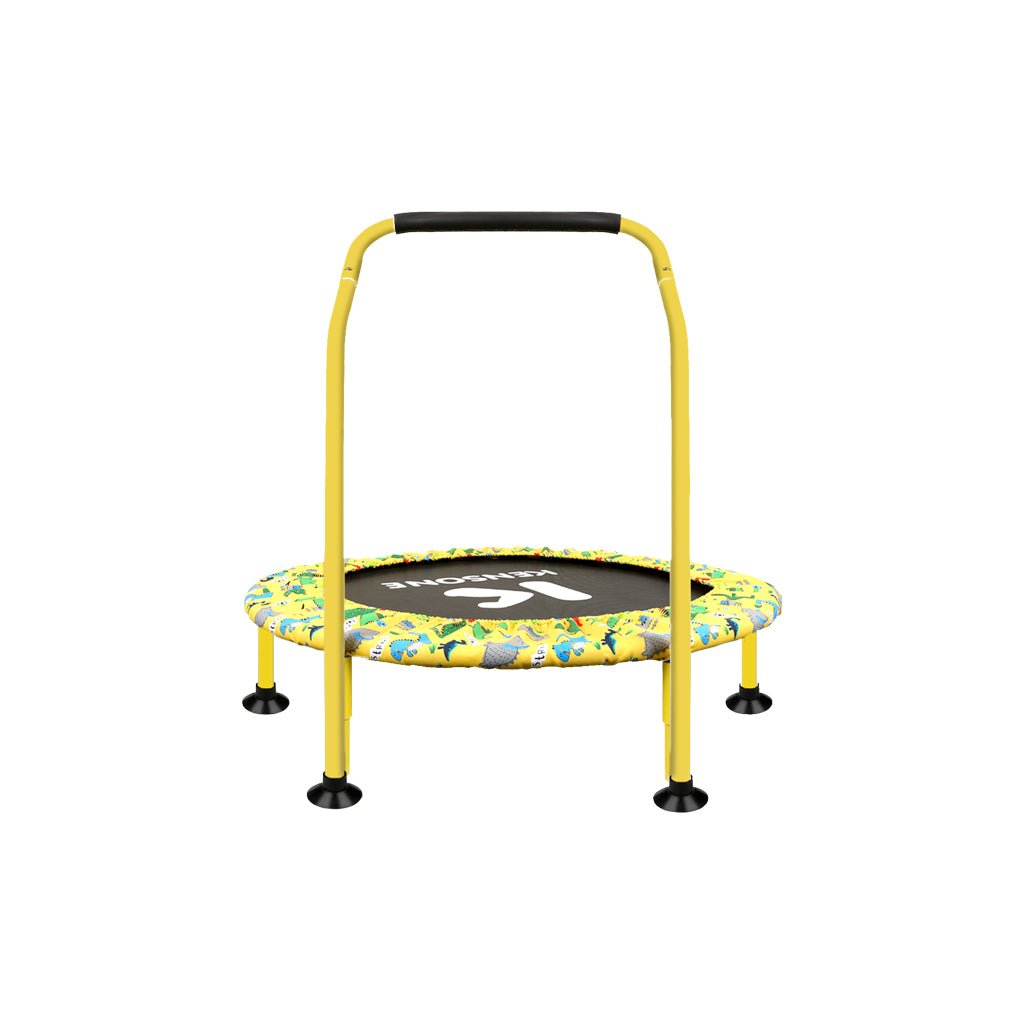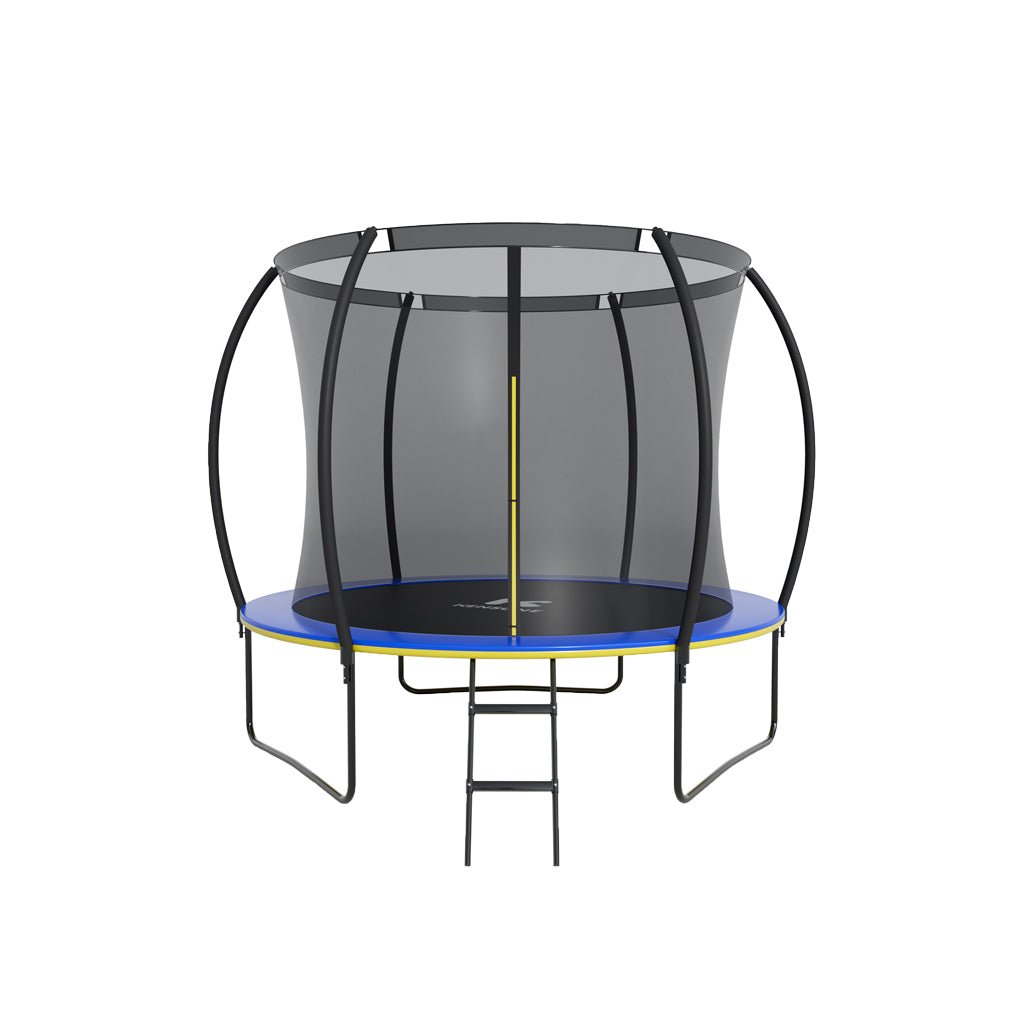Trampolining Reduces Body Fat and Enhances Jumping Power in Teens
A recent study published in the International Journal of Preventive Medicine shows that regular trampoline exercise provides considerable health and fitness benefits for teens. The 20-week study examined the impacts of trampoline training on body composition and athletic performance in 28 male students aged 11-14 years.
The results demonstrated that after 10 weeks of trampoline workouts, the body fat percentage of students in the trampoline group dropped significantly by 22.80%. In contrast, students in the control group who only had regular school physical education classes increased their body fat percentage by 5.05%.
Here we summarize the major benefits and changes observed in this study regarding trampoline exercise for these teenagers:
Reduced Body Fat Percentage
A major finding was that after 10 weeks of trampoline training, students in the trampoline group experienced a noticeable decrease of 22.80% in body fat percentage. While both groups went through expected height and weight gains linked to puberty during the study period, students doing trampolining lost body fat, while the control group increased their body fat percentage.

The high-intensity nature of jumping on a trampoline likely boosts metabolism and helps burn fat. Unlike conventional aerobic exercises like jogging, trampolining is an engaging and fun form of exercise for teens. The lower body fat percentage achieved through trampoline training benefits adolescents' health, confidence, and athletic performance.
Enhanced Jumping Power
Vertical jump height and standing long jump distance improved substantially for the trainees over the 20-week study. For standing long jump, both groups improved the same amount after training. But for vertical jump height, the control group students increased by 0.12m while the trampoline group improved noticeably by 0.19m.

Trampolining helps develop vertical leap power by improving neuromuscular coordination, increasing explosive strength, stabilizing the core, enhancing spatial awareness, and building aerobic endurance. Compared to training methods like weight lifting, it reduces joint strain while being more fun and motivating exercise gameplay.
Increased Lower Body Muscle Size
In addition to less fat, the trainees developed slightly bigger leg muscles during the study. Both groups underwent similar moderate growth in thigh and calf size over the 20 weeks. The constant jumping works and tones the major muscles of the hips, legs, and feet. Regular trampolining can gradually build more defined leg muscles.
Additional Benefits
Though not directly measured in this study, previous research provides evidence for other benefits:
Improved balance
- Aragão et al. (2011) reported better balance in the elderly after mini-trampoline training. The dynamic motions enhance balance control.
Better motor skills
- Giagazoglou et al. (2013) found trampolining increased motor performance in children with disabilities. Jumping may develop strength and coordination.
In Summary
Trampoline training provides multifaceted fitness benefits for teens. The findings show trampolining can reduce fat percentage, build leg power, improve balance and coordination - all while being fun! It is an appealing new exercise that can motivate teens to be more active.
Regular trampoline exercise may also lead to gains in cardiovascular fitness. The intensive jumping can elevate heart rate, increasing cardiorespiratory endurance. With many health benefits, trampolining contributes to well-rounded adolescent development. Proper precautions like spotting and soft padded coverings help ensure trampoline safety. Incorporating trampoline workouts into school or recreational programs gives teens an enjoyable way to boost fitness.
References:
Aalizadeh B, Mohammadzadeh H, Khazani A, Dadras A. Effect of a Trampoline Exercise on the Anthropometric Measures and Motor Performance of Adolescent Students. Int J Prev Med. 2016 Jul 13;7:91. doi: 10.4103/2008-7802.186225. PMID: 27512557; PMCID: PMC4966200.









